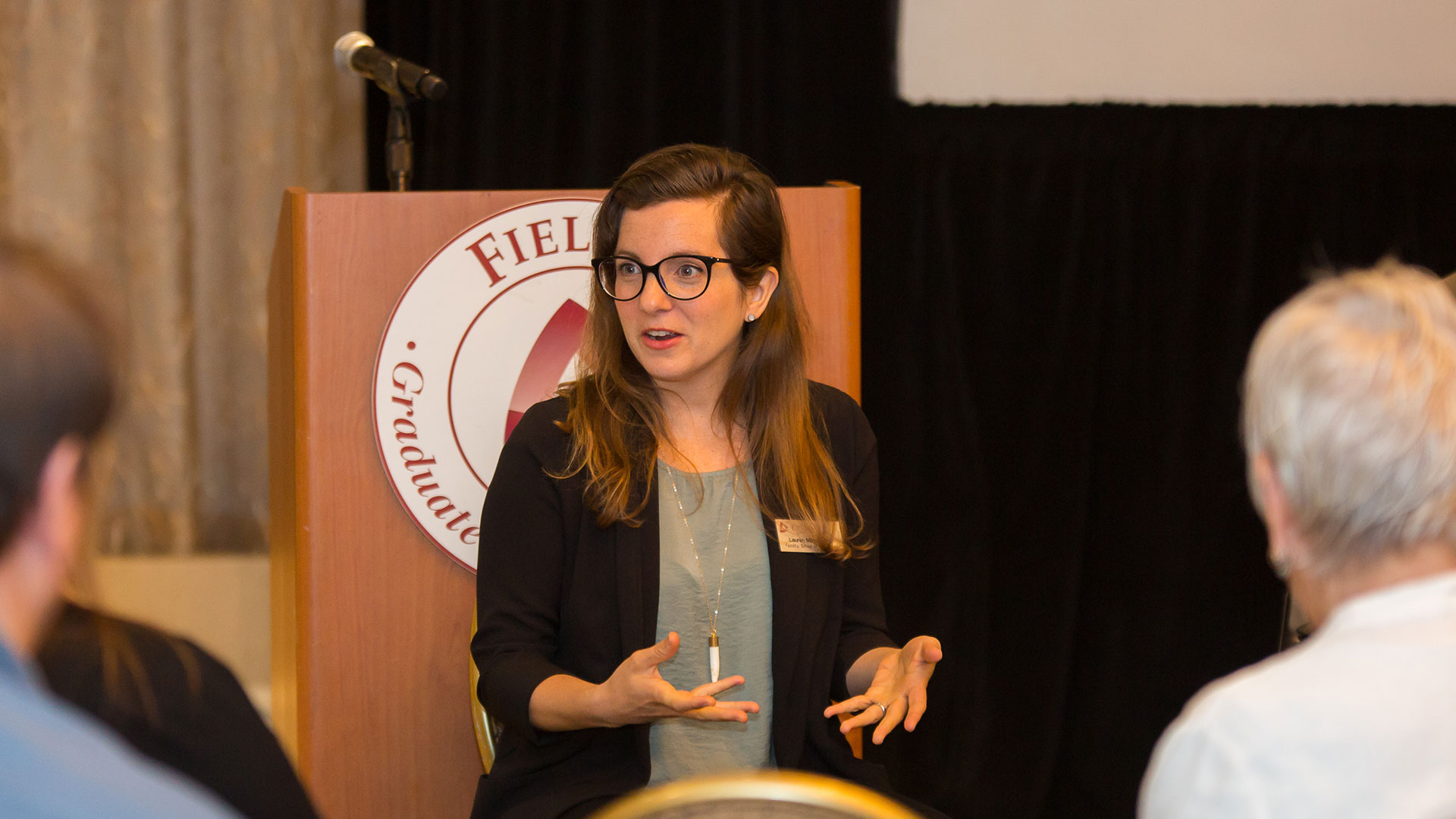Emotions and mental models drive viewer engagement and brand recall.
KEY POINTS
- Audience heuristics, mental models, and expectations determine a commercial’s success.
- Celebrity collaborations can boost brand trust, but they risk the vampire effect without attention to balance.
- Popularity isn’t the same as message effectiveness or behavioral intention.
- Visual content that conflicts with the brand message undermines the intended impact.
Nielson reported that Super Bowl LVIII had 120.3 million viewers, putting it second on the list of most-viewed American television events behind the 1969 Apollo 11 moon landing. Emotions ran high with the excitement over a halftime show by Usher et al., the possibility of Taylor Swift sightings, and a game that kept viewers on the edge of their seats until the last minute of overtime.
Advertisers couldn’t have asked for a more riveted audience for their $7 million per 30 seconds of airtime. Intense emotional expectations of pleasure and pain are powerful motivators of attention and recall. Both positive and negative emotions activate brain mechanisms that ensure our basic survival.
They also enhance deep thinking about what we care about, increasing effortful processing and longer-term retrieval (Immordino-Yang, 2016). The stage was set for impact, and the experts have selected their favorites, but does popularity deliver effectiveness for a brand?
A popular Super Bowl commercial gets a lot of mileage beyond the game broadcast minutes. The internet is full of “best and worst” lists as journalists, marketing experts, and bloggers gave the commercials extra exposure by sharing them to illustrate their analyses. Star power remains a reliable mechanism to get attention because it activates brain regions to make positive associations, build trust, and encode memories.
Instant recognition, which is increased by exposure, facilitates an emotional tie, and the “liking” of a celebrity is assumed to have a halo effect, enhancing the brand (Moraes et al., 2019). The reliance on celebrities without considering brand/target audience alignment can also backfire, leading to the dreaded vampire effect, where content and celebrity overshadow the brand (Erfgen et al., 2015).
Competing Against Hype and Expectations for the Super Bowl Win
Super Bowl hype also works both ways. High expectations can be hard to meet and even worse when you don’t deliver. The act of advertising in the Super Bowl becomes part of the message, frames expectations, and unleashes relentless speculation. Under the Super Bowl spotlight, the misses are more noticeable because the bar is higher.
Popular, memorable, and actionable are not equivalents. In a mad scramble for attention to justify a Super Bowl investment, many Super Bowl LVIII commercials leaned heavily into sizzle at the cost of communicating a brand’s purpose and value. Consumer purchase behaviors are motivated by more than awareness.
Emotional response and social influence are powerful contributors to brand awareness and purchase intentions. Social influence describes how we intentionally and unintentionally adjust our behavior to fit in with our social worlds. Social influence increases the desirability of group-promoted behaviors and accelerates consumer decision-making. The status conferred by celebrity builds consumer confidence.
Does the Commercial Reach the Right Audience?
Advertisers create the commercials, but the audience gives them meaning. Audience members receive and interpret media influenced by subconscious, instinctive responses, heuristics, and conscious mental models. These filter and evaluate media content to help the brain decide if it’s worth allocating its scarce attention resources to convert sensory input into some form of meaning. An individual’s information processing system determines if and how a commercial has value.
When advertisers understand the audience’s beliefs, mental models, and self-narratives, the intended message will likely hit the spot. However, the best, most clever ads can entertain without delivering a clear message. Here are two examples of “best commercials” evaluated through a psychological lens: CeraVe and Dove.
CeraVe: The Importance of Cognitive Context
The CeraVe campaign got high marks from almost everyone. It relied heavily, however, on pop cultural context. If you missed the pre-Super Bowl transmedia extensions like Michael Cera handing out autographed CeraVe samples, didn’t follow one of the more than 450 influencers that were hired to fuel speculation about the Cera and CeraVe connection, or didn’t recognize Michael Cera, then the campy, tongue-in-cheek commercial would be entertaining. Still, you’re likely to have missed the joke. Without cultural context, interpreting visual content is cognitively labor intensive and can interfere with brand recognition. The positive response on social suggests that CeraVe’s target audience had the necessary frame of reference to “get” the satirical commercial.
Dove: The Meaning-Making Power of Image
In a 30-second spot, the visual content has to align clearly with the brand message. Images are not only processed more quickly than language, but they also contain much more information.
The brain organizes new information into a narrative to construct meaning (Herman, 2013). All new information is processed in the context of previous information. Therefore, visual information can unconsciously frame verbal messages before they are decoded.
Visuals facilitate learning, but if the message and visuals do not align, the message may be misunderstood or ignored. Pharma company commercials with text showing potential side effects superimposed over emotionally warm and fuzzy images are a good example of this.
Because of the stickiness of visual images, I worried about the Dove commercial. I’m a big fan of Dove’s commitment to promoting positive body image for girls and women. I expect Dove’s messaging to emphasize the societal disconnects that undermine self-confidence, but I also expect a proposed solution.
The Super Bowl commercial shows a series of girls having sports “fails.” Our mirror neurons automatically replicate the neural communication of observed behaviors. This includes physical movement as well as emotional experience inherent in the observed action.
In the context of Dove, I assume the sequence is meant to show the challenges girls face and the uncertainty over self-worth. However, the series of falls, slips, and flops during sporting events combine to create an image of girls as not competent. And it does so without making an emotionally salient image of what we want to see or need to do to keep girls in sports.
Images are critical to message transfer. Without giving the viewer’s brain an image of the positive goal or moment of transformation, as Dove has done many times, the viewer is less likely to be inspired and empowered to invest in the support needed to build girls’ self-confidence and self-esteem.
Psychology Can Help Make Winners in Commercials and Life
Super Bowl commercials get a lot of pre-game build-ups and then face scrutiny for their entertainment value and emotional engagement. Industry articles rarely look at them through the lens of brain narrative alignment, much less the psychology of emotion, mental models, and information processing.
Psychology adds a valuable layer over (not instead of) the innovative (and creative content) to make sure that ads don’t inadvertently work at cross purposes to their goal. Understanding how the audience constructs the meaning of visual and verbal content ultimately determines if a commercial is a winner.
Want to keep up with Dr. Pam Rutledge? Sign up for her newsletter: https://drpam.substack.com.
This article also appeared on PsychologyToday.com.
References
Erfgen, C., Zenker, S., & Sattler, H. (2015). The vampire effect: When do celebrity endorsers harm brand recall? International Journal of Research in Marketing, 32(2), 155-163. https://doi.org/https://doi.org/10.1016/j.ijresmar.2014.12.002
Herman, D. (2013). Storytelling and the sciences of mind. MIT Press.
Immordino-Yang, M. H. (2016). Emotions, learning, and the brain: Exploring the educational implications of affective neuroscience. W. W. Norton & Company.
Moraes, M., Gountas, J., Gountas, S., & Sharma, P. (2019). Celebrity influences on consumer decision making: New insights and research directions. Journal of Marketing Management, 35(13-14), 1159-1192. https://doi.org/10.1080/0267257X.2019.1632373
Join Over 7,500 Fielding Alumni Located Around The World!
Change the world. Start with yours.™






Get Social